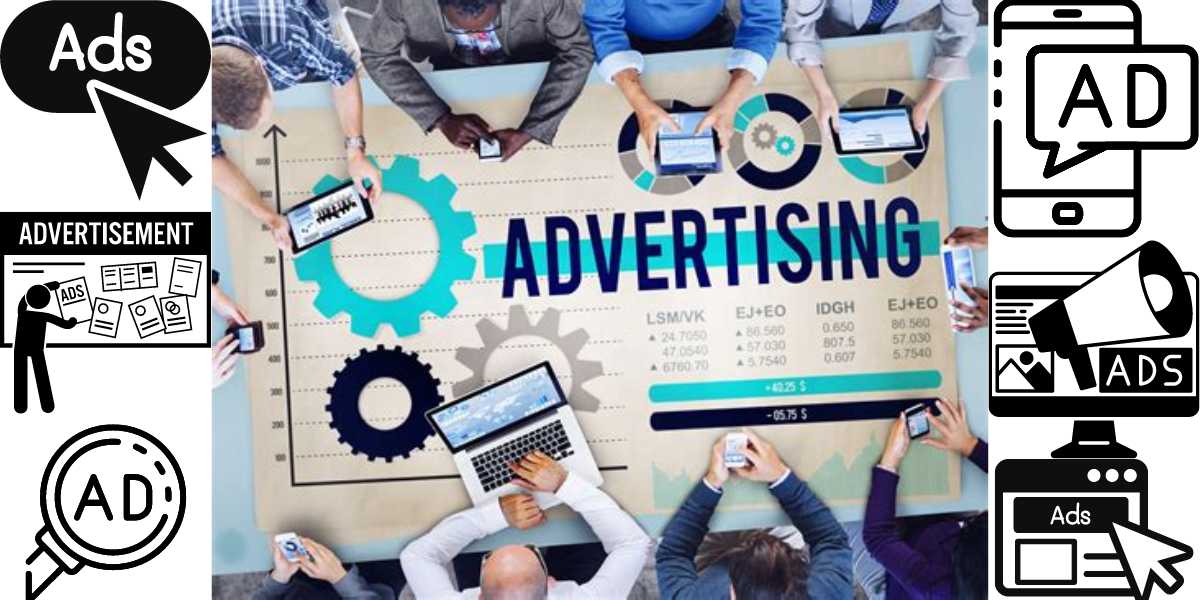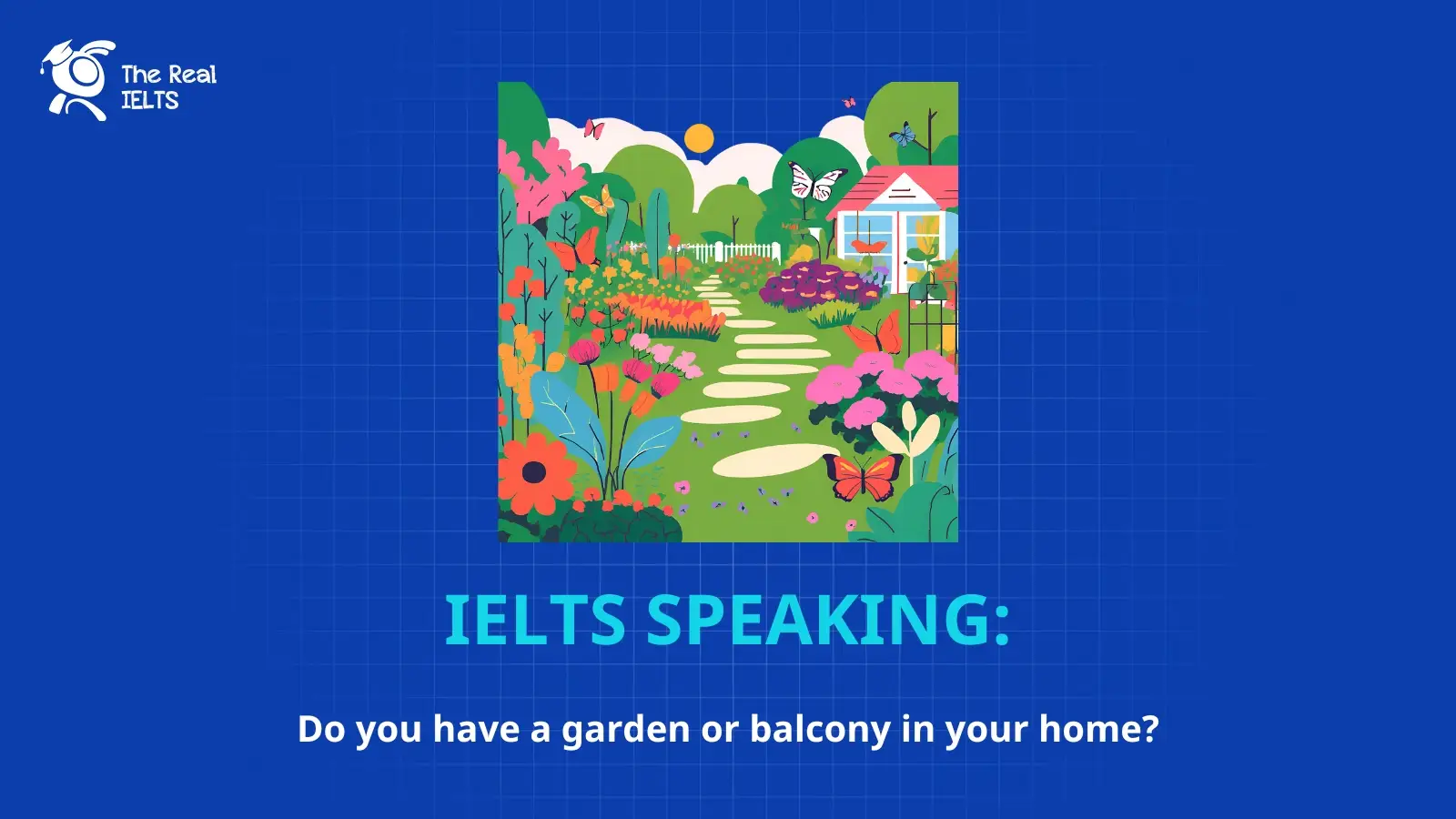Đây là phần 2 Writing của chủ đề Advertising là chủ đề khi thi IELTS được nhiều lần đưa ra nhằm thử thách khả năng viết của thí sinh đồng thời cũng là để biết xem thí sinh có đủ khả năng tiếp thu kiến thức khi học đại học ở nước ngoài hay không.
Đọc lại phần 1: 100 đề luyện tập Writing IELTS part 1: Advertising.
Lập dàn ý cho các câu hỏi đề tập viết
In today’s competitive business environment, is advertising the most important factor in attracting customers?
Viết outline:
I. Introduction
A. Definition of advertising
B. Importance of attracting customers in today’s competitive business environment
C. Thesis statement: While advertising plays a significant role, it is not the sole determinant in attracting customers.
II. The Role of Advertising
A. Creating brand awareness
B. Communicating product or service benefits
C. Influencing consumer purchasing decisions
D. Increasing visibility in the market
III. Other Factors in Attracting Customers
A. Quality of the product or service
B. Customer experience and satisfaction
C. Pricing strategy
D. Word-of-mouth referrals and reviews
E. Accessibility and convenience
IV. Case Studies or Examples
A. Successful businesses with minimal advertising but strong customer attraction
B. Companies heavily reliant on advertising for customer acquisition
C. Comparison of outcomes and effectiveness
V. Limitations of Advertising
A. Saturation and desensitization of consumers to ads
B. Cost implications for businesses, especially small ones
C. Inability to guarantee customer loyalty
VI. Conclusion
A. Recap of the importance of advertising in customer attraction
B. Emphasis on the multifaceted nature of customer attraction factors
C. Suggestions for businesses to leverage a balanced approach combining advertising with other strategies.
Từ vựng sử dụng để viết đoạn văn
- Vocabulary related to advertising:
- Advertising: Quảng cáo
- Brand awareness: Nhận thức về thương hiệu
- Product or service benefits: Các lợi ích của sản phẩm hoặc dịch vụ
- Consumer purchasing decisions: Quyết định mua hàng của người tiêu dùng
- Market visibility: Tầm nhìn trên thị trường
- Saturation: Sự bão hòa
- Desensitization: Sự mất cảm giác, sự làm cho nhạy cảm giảm đi
- Customer loyalty: Sự trung thành của khách hàng
- Phrases for discussing importance:
- In today’s competitive business environment: Trong môi trường kinh doanh cạnh tranh hiện nay
- The most important factor: Yếu tố quan trọng nhất
- Plays a significant role: Đóng một vai trò quan trọng
- Sole determinant: Quyết định duy nhất
- Multifaceted nature: Bản chất đa diễn cảnh
- Phrases for discussing other factors:
- Quality of the product or service: Chất lượng sản phẩm hoặc dịch vụ
- Customer experience and satisfaction: Kinh nghiệm và sự hài lòng của khách hàng
- Pricing strategy: Chiến lược giá cả
- Word-of-mouth referrals and reviews: Lời giới thiệu và đánh giá từ miệng sang miệng
- Accessibility and convenience: Sự tiếp cận và tiện lợi
- Phrases for discussing limitations:
- Cost implications: Hậu quả về chi phí
- Small businesses: Doanh nghiệp nhỏ
- Guarantee customer loyalty: Đảm bảo sự trung thành của khách hàng
- Balanced approach: Tiếp cận cân đối
- Transitional phrases:
- However: Tuy nhiên
- Nevertheless: Tuy nhiên
- On the other hand: Trong khi đó
- Additionally: Ngoài ra
- Furthermore: Hơn nữa
- Concluding phrases:
- In conclusion: Tóm lại
- Recap of: Tóm lại về
- Emphasis on: Nhấn mạnh vào
- Suggestions for: Gợi ý cho
Đoạn văn viết gợi ý
In today’s competitive business environment, while advertising indeed plays a significant role in attracting customers, it is not the sole determinant. Brand awareness and communicating product or service benefits are pivotal in influencing consumer purchasing decisions and enhancing market visibility. However, it’s crucial to acknowledge the multifaceted nature of customer attraction. Apart from advertising, factors like the quality of the product or service, customer experience, pricing strategy, and word-of-mouth referrals also hold considerable sway.
Moreover, the saturation and desensitization caused by excessive advertising can pose challenges. For small businesses, the cost implications of heavy advertising might be prohibitive. Additionally, while advertising may attract initial interest, it does not guarantee customer loyalty. Hence, a balanced approach, incorporating advertising alongside other strategies, is recommended. This ensures sustainable customer attraction and fosters long-term relationships.
Do advertisements using gender images and messages have a positive or negative impact on consumers?
Viết outline:
I. Introduction
A. Definition of gender images and messages in advertisements
B. Importance of analyzing the impact of gender-based advertisements on consumers
II. Positive impacts of advertisements using gender images and messages
A. Reinforcement of traditional gender roles and identities
B. Creation of relatable and aspirational representations
C. Targeted marketing strategies leading to increased brand engagement
III. Negative impacts of advertisements using gender images and messages
A. Reinforcement of gender stereotypes and biases
B. Promotion of unrealistic beauty standards and body image issues
C. Alienation of diverse audiences and perpetuation of inequality
IV. Controversial aspects and debates surrounding gender-based advertisements
A. Cultural differences in interpreting and responding to gender representations
B. Ethical considerations regarding the exploitation of gender for commercial gain
C. Potential for progressive representations to challenge and reshape societal norms
V. Conclusion
A. Summary of the dual impacts of gender-based advertisements on consumers
B. Call for further research and awareness to promote responsible advertising practices
C. Importance of consumers being critical and discerning in their engagement with advertisements.
Từ vựng sử dụng để viết đoạn văn
- Advertisements: Quảng cáo
- Gender images: Hình ảnh giới tính
- Messages: Tin nhắn, thông điệp
- Positive impact: Ảnh hưởng tích cực
- Negative impact: Ảnh hưởng tiêu cực
- Consumers: Người tiêu dùng
- Influence: Ảnh hưởng
- Stereotypes: Rập khuôn, định kiến
- Perception: Nhận thức
- Marketing strategies: Chiến lược tiếp thị
- Psychological effects: Tác động tâm lý
- Social norms: Tiêu chuẩn xã hội
- Consumer behavior: Hành vi tiêu dùng
- Empowerment: Tự lực, tăng cường quyền lực
- Representation: Sự đại diện
- Gender equality: Bình đẳng giới
- Conscious consumption: Tiêu dùng có ý thức
- Cultural context: Bối cảnh văn hóa
- Ethical considerations: Xem xét đạo đức
- Media literacy: Năng lực truyền thông
Đoạn văn viết gợi ý
Advertisements utilizing gender images and messages can have both positive and negative impacts on consumers. On the positive side, they might effectively target specific demographics and resonate with certain groups, leading to increased brand awareness and sales. However, stereotypical representations can reinforce gender norms and perpetuate biased perceptions.
Moreover, such ads may contribute to psychological effects such as low self-esteem or body image issues, especially among vulnerable populations. It’s essential for marketing strategies to be mindful of the broader social context and strive for empowering representation that promotes gender equality and conscious consumption. This involves considering cultural context and ethical considerations in crafting campaigns, as well as promoting media literacy among consumers to discern and critique gendered portrayals in advertising. Ultimately, advertisements should aim to celebrate diversity and challenge stereotypes, fostering a more inclusive and equitable consumer behavior landscape.
Some argue that advertising creates issues with self-esteem. Do you agree? Why?
Viết outline:
I. Introduction
A. Briefly introduce the topic of advertising and its pervasive influence.
B. Introduce the contention that advertising may affect self-esteem.
C. State the position on whether advertising contributes to self-esteem issues.
II. Arguments in Favor of Advertising Creating Self-esteem Issues
A. Overemphasis on idealized beauty standards
- Examples of advertisements promoting unrealistic beauty standards.
- Impact of these standards on individuals’ perceptions of themselves.
B. Promotion of materialism and comparison - Ads linking products with social status and happiness.
- Resultant feelings of inadequacy when one cannot attain advertised lifestyles.
C. Targeting vulnerable demographics - Discussion on how certain groups, such as teenagers, are particularly susceptible.
- Vulnerability exacerbated by social media’s amplification of advertising messages.
III. Counterarguments Against the Notion of Advertising Causing Self-esteem Issues
A. Assertion that advertising merely reflects societal norms
- Advertising as a mirror rather than a creator of beauty standards.
- The argument that individuals have agency in interpreting and resisting these messages.
B. Positive advertising examples - Instances of advertising campaigns promoting diversity and body positivity.
- Examples of brands advocating for self-acceptance and inner worth over external appearance.
C. The role of regulation and education - Discussion on how regulatory bodies can enforce responsible advertising practices.
- Importance of media literacy education in empowering individuals to critically evaluate advertisements.
IV. Personal Perspective and Conclusion
A. Personal stance on whether advertising contributes to self-esteem issues.
B. Acknowledgment of the complexity of the issue and the validity of various viewpoints.
C. Call for greater awareness, responsibility, and critical engagement with advertising messages.
D. Reiteration of the need for a balanced approach that considers both the benefits and drawbacks of advertising in shaping self-esteem.
By following this outline, you can provide a comprehensive response to the question, evaluating different perspectives on the relationship between advertising and self-esteem.
Từ vựng sử dụng để viết đoạn văn
- Advertising: Quảng cáo
- Self-esteem: Tự trọng, lòng tự trọng
- Issue: Vấn đề, vấn đề gì đó gây ra rắc rối hoặc tranh cãi
- Influence: Ảnh hưởng
- Perception: Nhận thức, quan điểm
- Manipulate: Thao túng, chi phối
- Consumerism: Chủ nghĩa tiêu dùng
- Psychological: Tâm lý học, thuộc về tâm lý học
- Marketing strategies: Chiến lược tiếp thị
- Body image: Hình ảnh về cơ thể
- Aspiration: Nguyện vọng, khát vọng
- Media: Truyền thông
- Stereotypes: Rập khuôn, định kiến
- Promotion: Sự quảng cáo, sự quảng bá
- Self-worth: Giá trị bản thân
Đoạn văn viết gợi ý
Advertising undeniably plays a pivotal role in shaping societal norms and individual perceptions. Some argue that its pervasive influence creates issues with self-esteem, and I wholeheartedly agree. Advertising possesses the ability to manipulate our perception of self-worth through idealized portrayals. The relentless promotion of certain body images not only sets unrealistic standards but also undermines one’s self-esteem by fostering feelings of inadequacy. Consumerism-driven marketing strategies capitalize on insecurities, exacerbating issues with self-esteem.
Moreover, the media perpetuates harmful stereotypes, which can deeply impact individuals’ perceptions of themselves. Psychological studies have shown a direct correlation between exposure to certain advertising and decreased self-esteem among vulnerable demographics, particularly the youth. It’s imperative to critically examine the impact of advertising on self-esteem and consider effective regulations to mitigate its detrimental effects. Ultimately, fostering a culture that prioritizes authenticity and celebrates diversity can counteract the negative consequences of advertising on self-esteem.
How do advertisements related to health and body image affect both men and women?
Viết outline:
I. Introduction
A. Definition of health and body image advertisements
B. Importance of examining their impact on both genders
II. Effects on Women
A. Psychological impact
- Influence on self-esteem and body satisfaction
- Development of unrealistic beauty standards
B. Behavioral impact - Adoption of unhealthy habits to attain desired body image
- Potential for eating disorders and body dysmorphia
III. Effects on Men
A. Psychological impact
- Pressure to conform to muscular ideals
- Impact on self-worth and body confidence
B. Behavioral impact - Engagement in excessive exercise or use of supplements
- Influence on perceptions of masculinity and attractiveness
IV. Similarities and Differences
A. Common themes in advertisements targeting both genders
- Emphasis on physical appearance
- Promotion of products promising quick fixes
B. Unique pressures faced by each gender - Women often targeted for weight loss and skincare products
- Men targeted for muscle-building supplements and fitness equipment
V. Conclusion
A. Recap of the impact of health and body image advertisements on both men and women
B. Call for greater awareness and critical consumption of media messages
C. Suggestions for promoting body positivity and healthy self-perception
Từ vựng sử dụng để viết đoạn văn
- Advertisements: Quảng cáo
- Health-related: Liên quan đến sức khỏe
- Body image: Hình ảnh cơ thể
- Impact: Ảnh hưởng
- Men and women: Nam giới và nữ giới
- Perception: Nhận thức
- Self-esteem: Tự trọng bản thân
- Influence: Ảnh hưởng
- Beauty standards: Tiêu chuẩn vẻ đẹp
- Body dissatisfaction: Không hài lòng với cơ thể
- Media portrayal: Sự miêu tả trên phương tiện truyền thông
- Pressure: Áp lực
- Consequences: Hậu quả
- Emotional well-being: Sức khỏe tinh thần
- Psychological effects: Ảnh hưởng tâm lý
Đoạn văn viết gợi ý
Advertisements related to health and body image have a significant impact on both men and women. These advertisements often shape individuals’ perception of what constitutes an ideal body, leading to self-esteem issues and body dissatisfaction. The media portrayal of perfect bodies creates immense pressure to conform to unrealistic beauty standards, affecting both genders.
For men, advertisements often promote muscular and chiseled physiques, fostering a desire for an idealized body image. This can result in body dysmorphia and dissatisfaction when unable to achieve these standards. Similarly, women are bombarded with advertisements emphasizing thinness and flawless skin, which can lead to negative body image and disordered eating habits.
The consequences of these advertisements extend beyond physical appearance, affecting individuals’ emotional well-being and psychological health. They perpetuate harmful stereotypes and contribute to a culture of comparison and dissatisfaction. Thus, it’s imperative to critically analyze the messages conveyed in advertisements and promote diverse and inclusive representations of beauty and health.
Do you think there should be stricter regulations on advertising content and mediums? Why?
Viết outline:
I. Introduction
A. Statement of the question
B. Brief overview of the importance of advertising regulations
II. Arguments for stricter regulations
A. Protecting vulnerable populations
- Children and teens
- Individuals with addictive tendencies
B. Preventing deceptive practices - False or misleading claims
- Manipulative advertising tactics
C. Promoting public health - Regulating unhealthy products
- Encouraging responsible advertising in sensitive sectors (e.g., pharmaceuticals, alcohol)
III. Counterarguments against stricter regulations
A. Freedom of speech and expression
- Potential infringement on businesses’ rights
- Impact on creative freedom
B. Economic considerations - Effect on advertising industry revenue
- Potential job losses
IV. Conclusion
A. Recap of arguments
B. Balanced perspective on the need for regulations
C. Call for a nuanced approach balancing regulation with freedom and economic considerations.
Từ vựng sử dụng để viết đoạn văn
- Stricter regulations – Quy định nghiêm ngặt
- Advertising content – Nội dung quảng cáo
- Mediums – Phương tiện (truyền thông)
Phraseology:
- Stricter regulations are necessary to ensure ethical advertising practices. – Cần có các quy định nghiêm ngặt để đảm bảo các phương pháp quảng cáo đạo đức.
- Advertising content should be scrutinized to prevent misleading consumers. – Nội dung quảng cáo cần được kiểm tra kỹ lưỡng để ngăn chặn việc lừa dối người tiêu dùng.
- Advertising through various mediums demands different regulatory approaches. – Quảng cáo thông qua các phương tiện khác nhau đòi hỏi các phương pháp quản lý khác nhau.
Đoạn văn viết gợi ý
In today’s digitally-driven world, the necessity for stricter regulations governing advertising content and mediums cannot be overstated. The omnipresence of advertisements across diverse platforms has led to a saturation that blurs the line between informative promotion and manipulative messaging. Without adequate oversight, companies may resort to deceptive advertising practices to sway consumer behavior, potentially exploiting vulnerable demographics.
Consequently, imposing tighter regulations serves as a protective measure, ensuring that advertisements adhere to ethical standards and refrain from misleading or coercing consumers. Such measures are pivotal in fostering a fair marketplace where businesses compete on the basis of merit rather than deceptive tactics. Moreover, stringent regulations contribute to consumer trust and confidence in the integrity of advertised products and services. Ultimately, the implementation of stricter regulations on advertising content and mediums is indispensable for fostering transparency, consumer protection, and the overall ethical conduct within the advertising industry.














